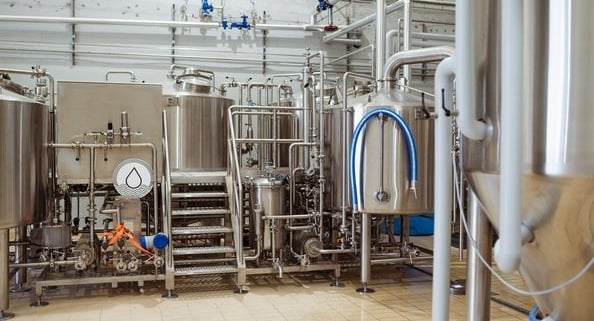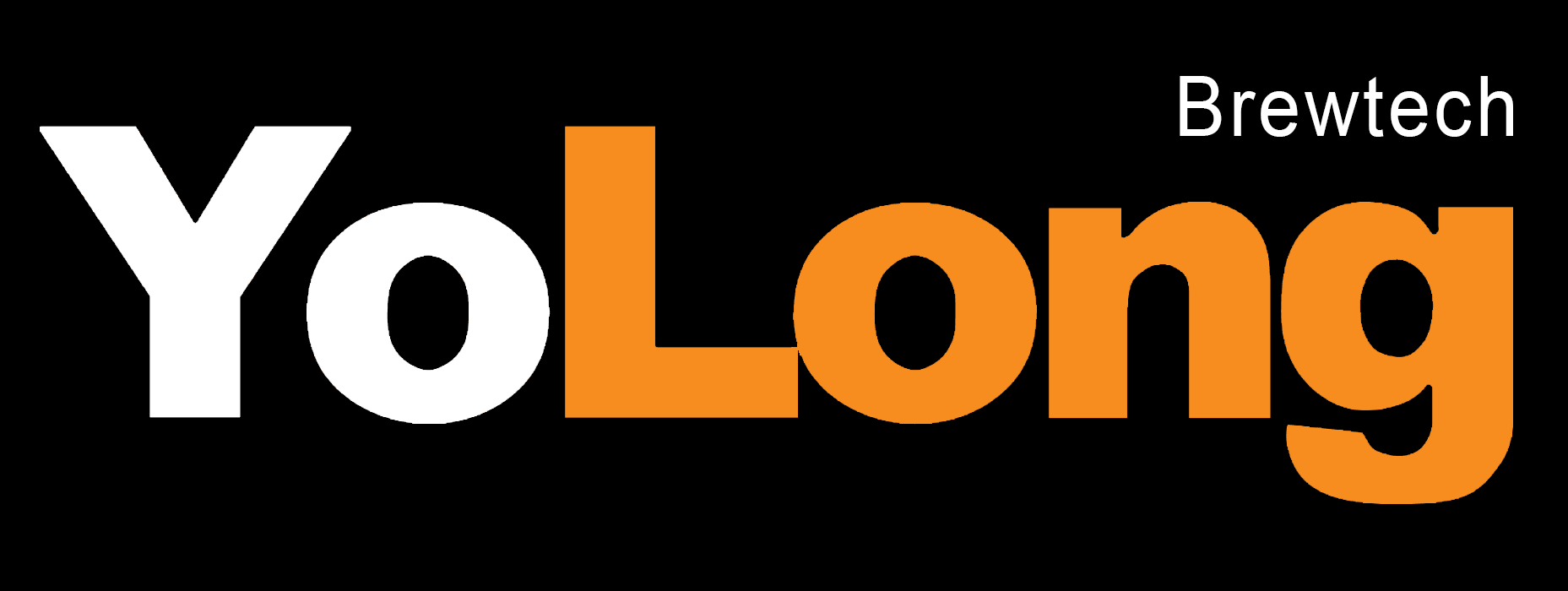Complete Guide for BBL Fermenter in 2025
Why Start a Brewery in 2025?
The craft beer scene is still booming. According to the Brewers Association, over 9,500 breweries were operating in the U.S. by the end of 2024. While that might sound like saturation, there’s still room for unique, local-focused breweries with fresh takes. People crave experiences, and your brewery could be that place in town everyone talks about.
Plus, brewing is more accessible than ever. Equipment is cheaper. Knowledge is everywhere. And the tools to build a following on social media? Practically free. So if you’re passionate about beer and ready to hustle, 2025 might be your golden year.
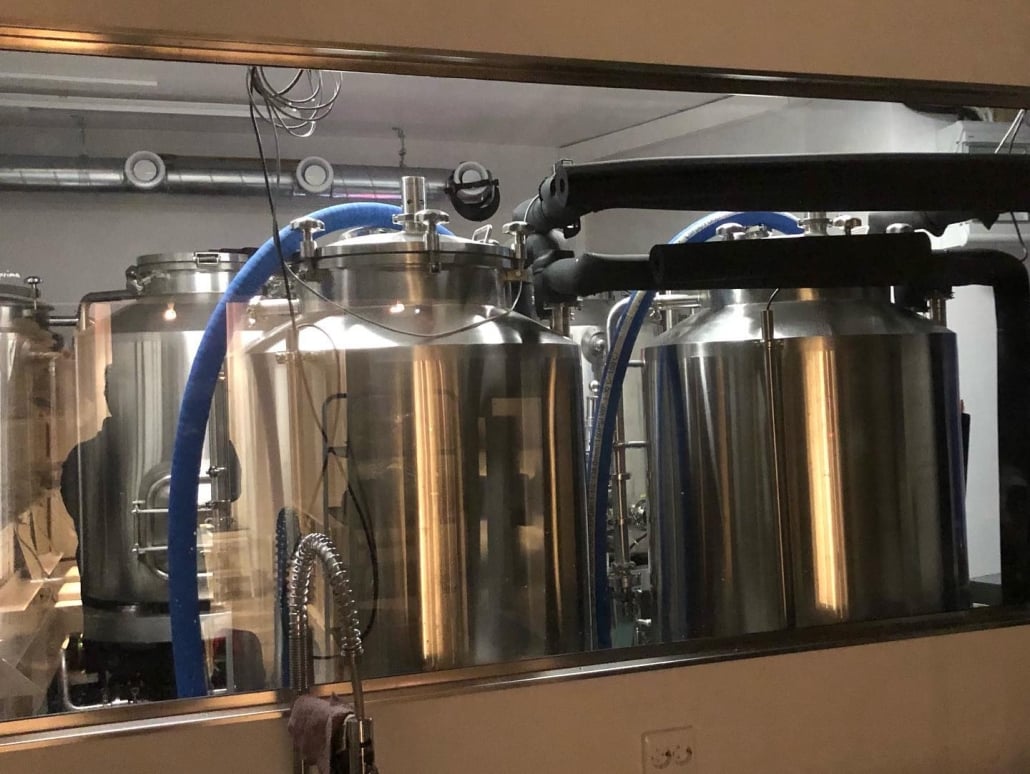
How to Start a Brewery: Step-by-Step Guide
1. Nail Down Your Concept and Brand
Don’t just brew beer. Brew your beer. What makes you different? Are you going hyper-local with farm-grown hops? Specializing in sours? Making Viking-style meads with a modern twist? The clearer your concept, the easier everything else becomes.
A strong brand voice, killer logo, and good vibes go a long way. People don’t just buy beer; they buy into your story.
2. Understand Your Local Laws and Licensing
Yeah, this is the boring part. But it’s also the part that makes or breaks you.
Licensing takes time. You’ll need federal approval from the Alcohol and Tobacco Tax and Trade Bureau (TTB), a state alcohol permit, and likely a local license too. It can take months, so start early. And talk to someone who’s done it before, or hire a compliance consultant. Seriously, it’s worth it.
3. Find the Perfect Location
Foot traffic. Zoning. Parking. Size. Your brewery needs to be where people already are (or where they want to be). Industrial spaces are great for production, but maybe not for ambiance. Find a space that fits your vibe and lets you grow.
4. Build a Rock-Solid Business Plan
This isn’t just for banks and investors (though you’ll need it for them too). Your business plan keeps you on track. Outline your mission, products, market research, marketing plan, startup costs, revenue projections, and hiring strategy.
Show that you’ve done your homework. Break down your equipment costs, licensing fees, staffing needs, and operating expenses. Spoiler: starting a brewery can cost anywhere from $250K to $2M depending on size.
5. Choose Your Brewing Equipment Wisely
Here’s where it gets shiny and exciting: the gear. This part deserves its own deep dive, especially when it comes to BBL fermenters, which we’ll hit shortly.
How Does a BBL Fermenter Work?
Let’s break it down: a BBL (barrel) fermenter is where the magic happens. This stainless steel tank is where your wort (sugar-rich liquid) transforms into beer thanks to yeast doing its thing.
After you boil and cool your wort, it gets pumped into the fermenter. Then, yeast is added, and the fermentation process begins. CO2 gets released, alcohol gets created, and over the course of a few days to weeks, your beer starts tasting like…well, beer.
Modern BBL fermenters often come with temperature control systems, sample valves, and CIP (Clean-In-Place) ports to make things easier and more sanitary.
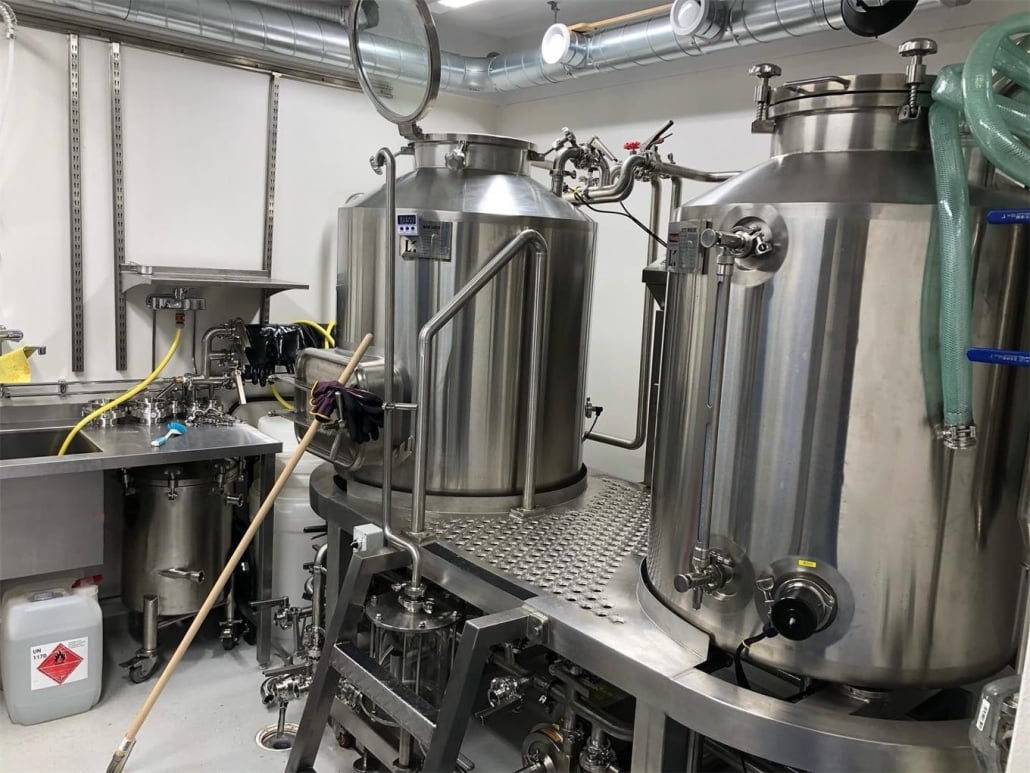
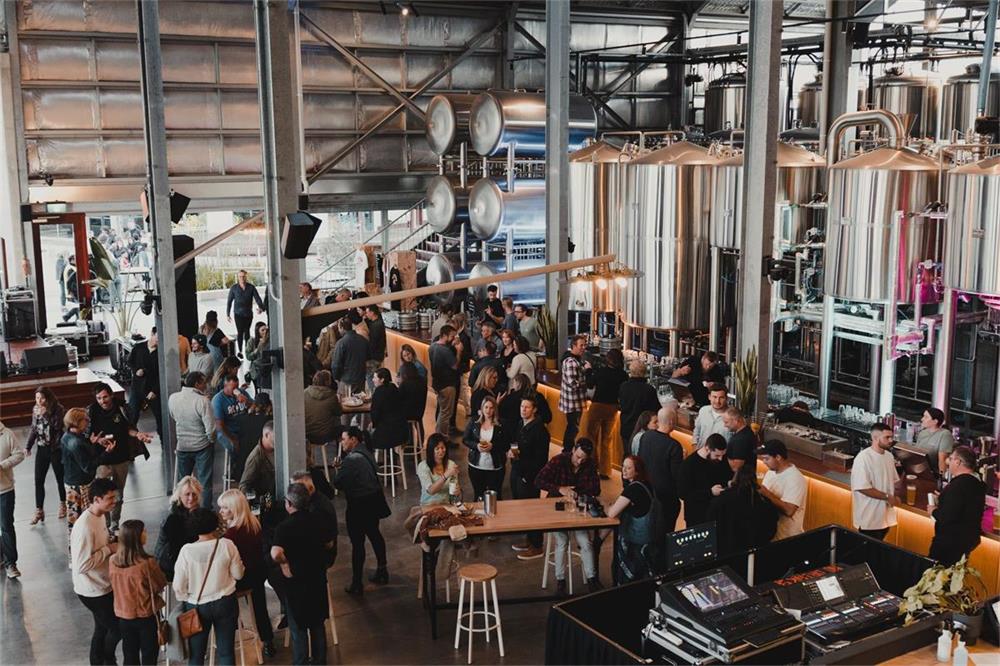
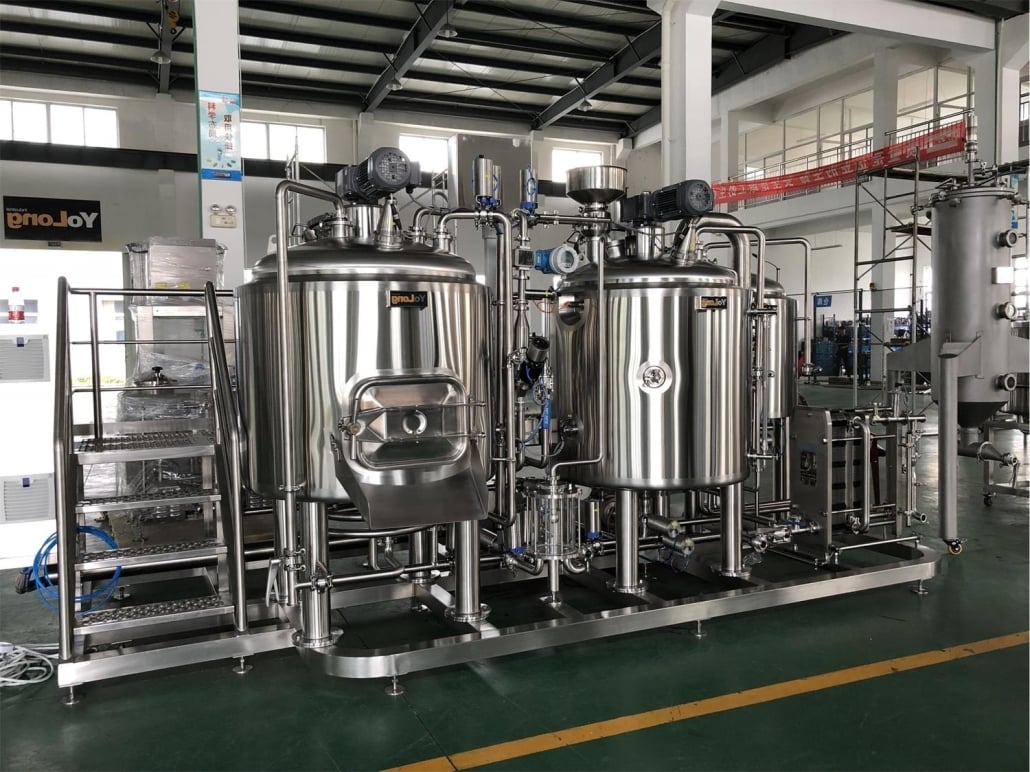

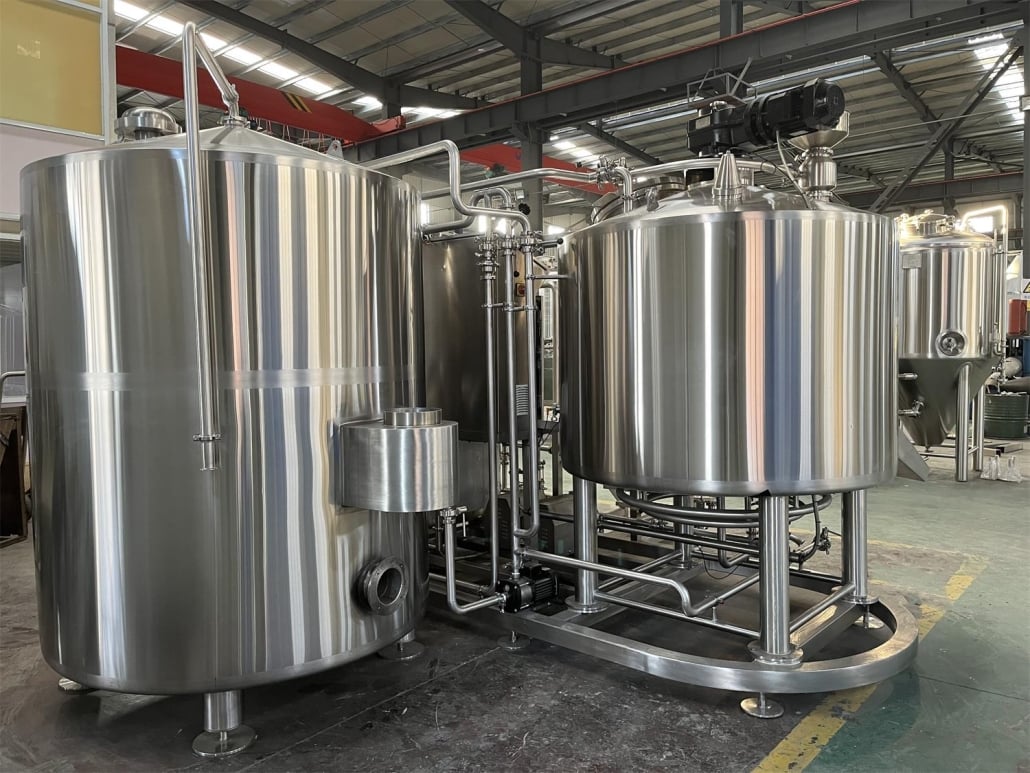
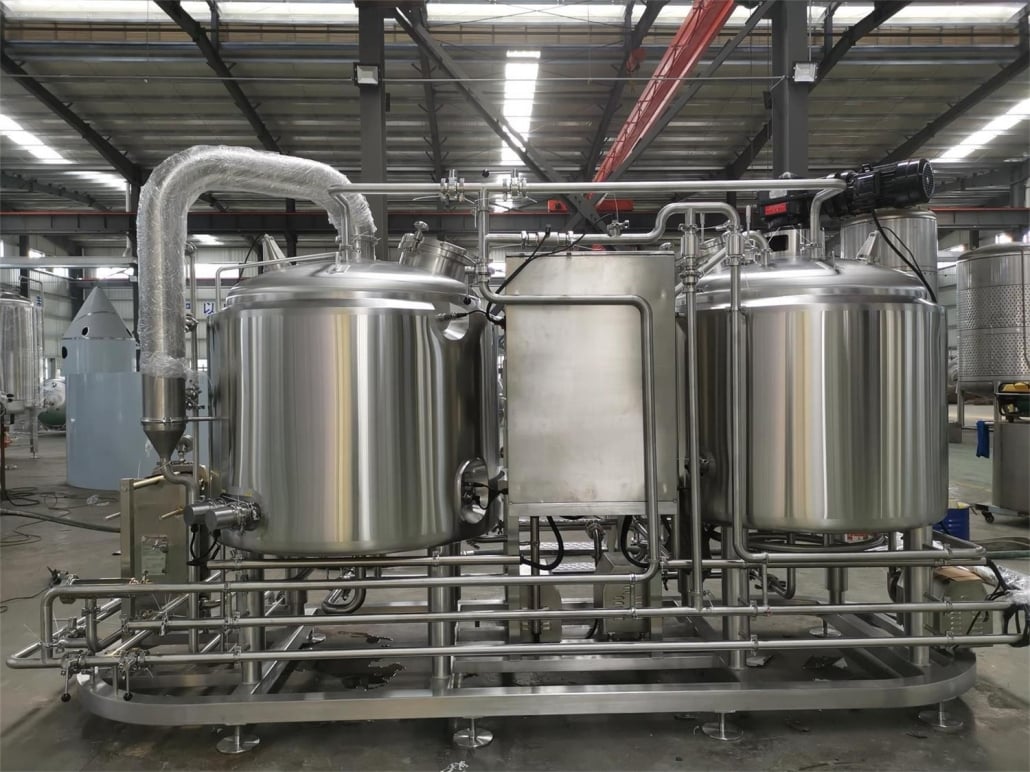
Types of BBL Fermenters
Fermenters aren’t one-size-fits-all. There are several types, each with different use cases:
- Conical Fermenters: These are the most popular for commercial breweries. The cone-shaped bottom collects yeast and trub, making it easy to dump them.
- Unitanks: These are fermenters that double as brite tanks, allowing you to carbonate and serve from the same vessel.
- Open Fermenters: Less common, but still used for traditional styles. Great for visibility but harder to control contamination.
- Horizontal Fermenters: Used for lagers and cold-fermentation processes. Their shape promotes better yeast settling.
Each has its pros and cons, but for most startups, conical or unitanks offer the best balance of performance and price.
Choosing the Right Size: From 1 BBL to 30 BBL
Starting small is smart — but too small and you’ll outgrow your system in six months. Here’s how sizing plays out:
- 1-3 BBL: Perfect for nano breweries or test batches. Super low entry cost, but production is limited.
- 5-10 BBL: Ideal for taprooms with moderate foot traffic. These are the workhorses of small breweries.
- 15-30 BBL: You’re playing with the big boys now. Great for distribution and large-scale production.
Factor in your expected volume, storage, expansion plans, and budget when choosing.
Key Features to Look For in a Quality Fermenter
| Feature | Description |
|---|---|
| Material | Food-grade 304 or 316 stainless steel is standard. Durable, easy to clean, and corrosion-resistant. |
| Glycol Jacket | Allows temperature control via chilled glycol. Essential for consistent fermentation. |
| CIP System | Built-in spray ball or port makes cleaning fast and safe. |
| Pressure Rating | Especially for unitanks, pressure ratings determine if you can carbonate in the tank. |
| Sampling Valve | Lets you test fermentation progress without contaminating the batch. |
| Insulation | Keeps temperature stable. Double-wall insulation is a must for quality control. |
| Racking Arm | Lets you draw clear beer off the yeast without disturbing sediment. |
BBL Fermenter vs. Other Fermenters
Compared to smaller homebrew fermenters, BBL fermenters are bigger, smarter, and far more efficient. They handle pressure, offer better temperature control, and reduce oxygen exposure.
Versus plastic or glass carboys? No contest. Steel fermenters last longer, are easier to clean, and meet industry safety standards.
And compared to open fermenters? BBLs win on control, hygiene, and scalability. Open tanks may look cool in a farmhouse brewery, but for day-to-day consistency, closed conical fermenters are the MVPs.
How Much Does a BBL Fermenter Cost?
Prices vary based on size, features, and manufacturer. Here’s a ballpark range:
| Size | Estimated Cost |
|---|---|
| 1 BBL | $2,000 – $4,000 |
| 5 BBL | $5,000 – $10,000 |
| 10 BBL | $12,000 – $20,000 |
| 20 BBL | $20,000 – $35,000 |
| 30 BBL | $30,000 – $50,000 |
Imported systems can cost less upfront but may have higher long-term maintenance costs. U.S.-made gear is typically more expensive but praised for quality and service.
Top BBL Fermenter Manufacturers in 2025
Want quality? Go with a name people trust. Here are some of the best:
- Ss Brewtech (USA): Known for innovation and slick designs.
- Stout Tanks and Kettles (USA): Great for startups with strong support.
- BrewBilt Manufacturing (USA): High-end, fully customizable systems.
- Premier Stainless Systems (USA): Mid-to-large scale setups with turnkey options.
- Tiantai (China): Affordable and scalable. Better for budget-conscious startups.
- Ager Tank & Equipment (USA): Good refurb options and import facilitation.
Each of these brands brings something to the table — from sleek automation to heavy-duty longevity.
Where to Buy BBL Fermenters
Here’s where to start shopping:
- Direct from Manufacturers: Best for warranties and support.
- Brewery Equipment Distributors: Can package full systems (fermenters, kettles, pumps, etc.).
- Used Equipment Marketplaces: Try ProBrewer, Ager Tank, or BrewBids.
- Auctions & Liquidations: Risky but can score deals if you know what to look for.
- Trade Shows: The Craft Brewers Conference is like Comic-Con for beer people. Great networking and demos.

FAQ
| Question | Answer |
|---|---|
| How much does it cost to start a brewery? | Anywhere from $250,000 to over $2 million depending on size, location, and ambition. |
| How long does it take to start a brewery? | Usually 9-18 months from planning to first pour. Licenses can take 6+ months alone. |
| Do I need a brewing degree? | Nope. But knowledge helps. Many brewers are self-taught or learned through apprenticeships. |
| Can I start small and scale later? | Absolutely. Many start as nano breweries and expand as demand grows. |
| What kind of profits can I expect? | Gross margins on beer can be 60-80%. But profits depend on volume, efficiency, and local demand. |
| How many employees do I need? | For a 5-10 BBL operation: 1-2 brewers, 1 taproom manager, a few servers. |

